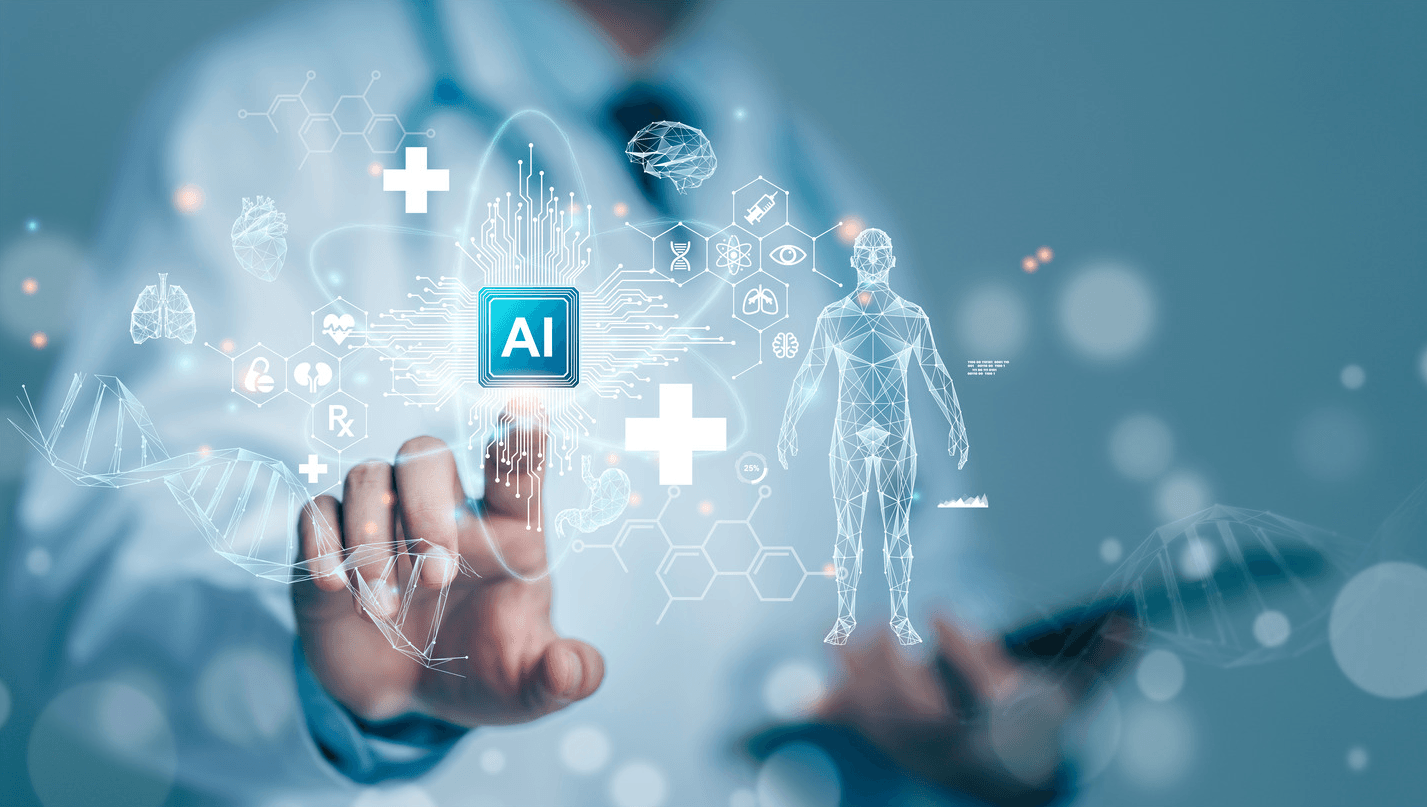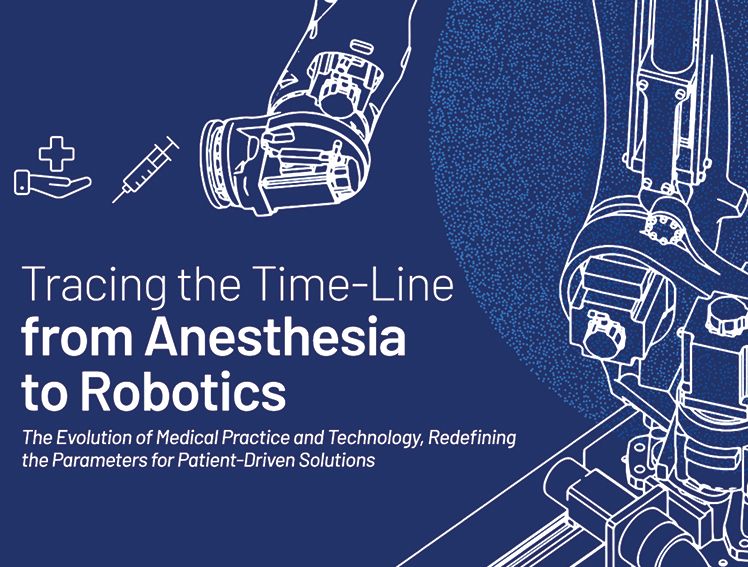
Introduction
Artificial Intelligence (AI) is making a huge impact across industries, and healthcare is at the forefront. In the world of medical devices, AI is improving precision, making processes more efficient, and helping doctors take better care of patients. Whether through advanced imaging tools or breakthrough robotic surgeries, AI is changing how medical devices are created and used. It's amazing to think about how this technology will continue to shape the future of healthcare. Let's look at how AI transforms this field and what lies ahead.
Role of AI in Medical Devices
AI in medical devices involves using algorithms and machine learning to analyze data, predict outcomes, and enhance device performance. It enables medical device manufacturers to create smarter, more intuitive technologies that help healthcare professionals make better decisions. Whether it's a robotic system handling delicate procedures or diagnostic tools offering real-time insights, AI improves accuracy and reduces human error. The power of AI lies in its ability to process vast amounts of data in seconds, making it an essential part of modern healthcare.
Regulatory: To ensure safety and ethical standards, medical device manufacturers must comply with complex regulations to ensure that AI-powered devices, including robotic systems, meet safety and ethical standards.
Key Applications of AI in Medical Devices
Robotic Surgery: AI-powered robotic systems have completely transformed surgery. These systems help surgeons perform with precision, reducing risks during complex procedures. By analyzing data in real-time, they ensure every movement is controlled, improving patient outcomes.
Diagnostic Imaging: AI boosts imaging tools by spotting abnormalities the human eye may miss. This is especially important for catching early-stage conditions like cancer, allowing for timely treatment.
Wearable Devices: Smartwatches and other wearables now use AI to track vital signs, predict potential health problems, and alert users when they need medical help. This empowers patients to stay on top of their health.
Personalized Treatment: AI-driven medical devices can tailor treatments to a patient's specific medical history and genetic information, leading to better results.
Rehabilitation Tools: AI also aids in recovery with intelligent prosthetics and exoskeletons. These devices adjust to patients' movements, helping them regain mobility and independence.
Benefits of AI in Medical Devices
The integration of AI in healthcare offers a wide range of benefits for both healthcare providers and patients:
Precision and Accuracy: AI minimizes human error, ensuring exceptional precision, especially in critical situations like robotic surgery. This leads to better surgical outcomes and higher success rates.
Enhanced Efficiency: AI speeds up diagnoses and treatments, allowing medical device manufacturers to create tools that streamline workflows so doctors can spend more time on patient care.
Real-Time Insights: AI provides instant feedback, which is vital during emergencies. For example, AI-powered monitors can alert healthcare professionals to irregularities before they escalate into serious issues.
Cost-Effective Solutions: While the initial investment in AI devices can be high, they can ultimately reduce long-term costs by improving efficiency and decreasing the need for repeated procedures.
Improved Accessibility: Wearable AI devices and remote diagnostic tools make healthcare more accessible, particularly in remote areas where medical resources may be limited.
Challenges
Despite its many advantages, the adoption of AI in medical devices does come with some challenges:
Data Privacy: AI systems depend on large amounts of data, which raises concerns about patient confidentiality and the security of sensitive information. These are mainly handled through Hospital Information Systems (HIS).
Skill Gap: Healthcare professionals often need specialized training to use AI-driven devices effectively, creating a learning curve.
Future Trends in AI-Powered Medical Devices
The future of AI in medical devices is full of exciting possibilities, with many groundbreaking advancements ahead:
Smarter Robotic Surgery: Future robotic systems are expected to become more intuitive and capable of learning and adapting to individual surgeons' techniques, making procedures even more precise.
AI-Driven Diagnostics: AI will keep improving diagnostic accuracy, moving toward predictive healthcare where potential health issues are identified and addressed before they turn serious.
Integration of IoT and AI: The Internet of Things (IoT) will play a big role in connecting AI-powered medical devices, enabling seamless data sharing and remote patient monitoring.
Augmented Reality (AR) in Surgery: When combined with AI, AR could provide surgeons with real-time visual overlays, offering deeper insights and enhancing precision during procedures.
Personalized Medicine: AI-powered devices will analyze genetic and molecular data more deeply, allowing for highly personalized treatment plans tailored to each patient's needs.
MISSO Robotic System
The Misso Robotic System, developed by Meril Life, is a groundbreaking tool for joint replacement surgeries. It's designed to help surgeons perform procedures with greater precision and efficiency. Using advanced technology and AI, it ensures implants are positioned perfectly, lowering the risk of complications and speeding up recovery.
The system also provides real-time feedback during surgery, helping surgeons make quick adjustments. The Misso Robotic System aims to boost patient mobility and improve surgical outcomes by blending robotics with medical expertise.
Conclusion
AI is undeniably shaping the future of medical devices, turning them into intelligent tools that enhance healthcare outcomes. From diagnostic imaging to robotic surgery, AI plays a key role in making medical devices more efficient, precise, and focused on patient care. While challenges remain, ongoing innovation and collaboration among medical device manufacturers and healthcare providers will continue to drive this transformation.
References
SHARE NOW



